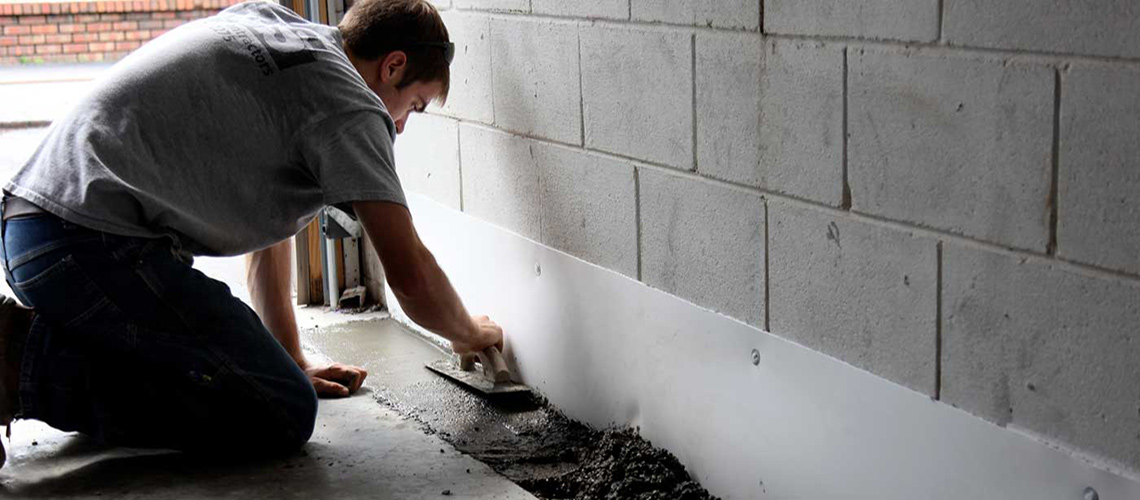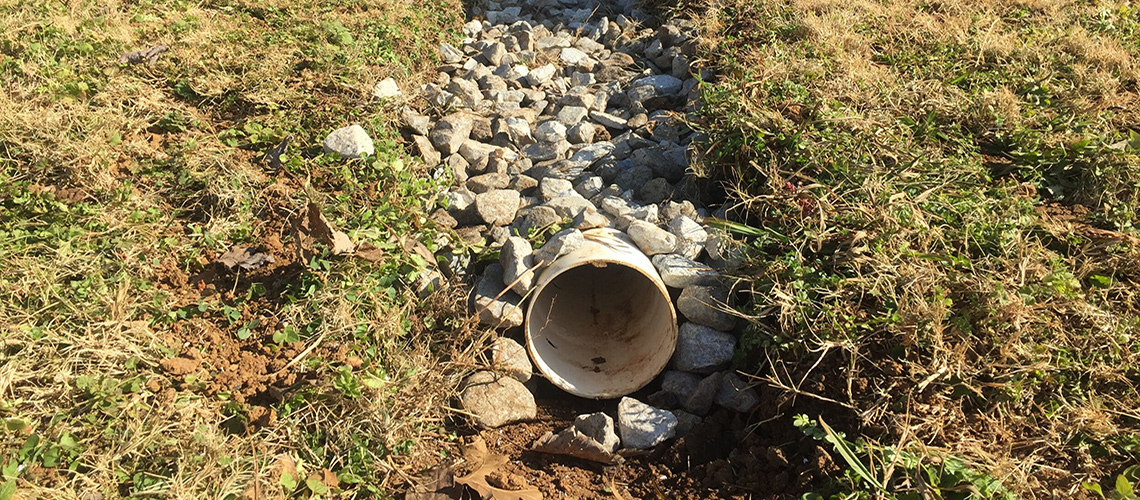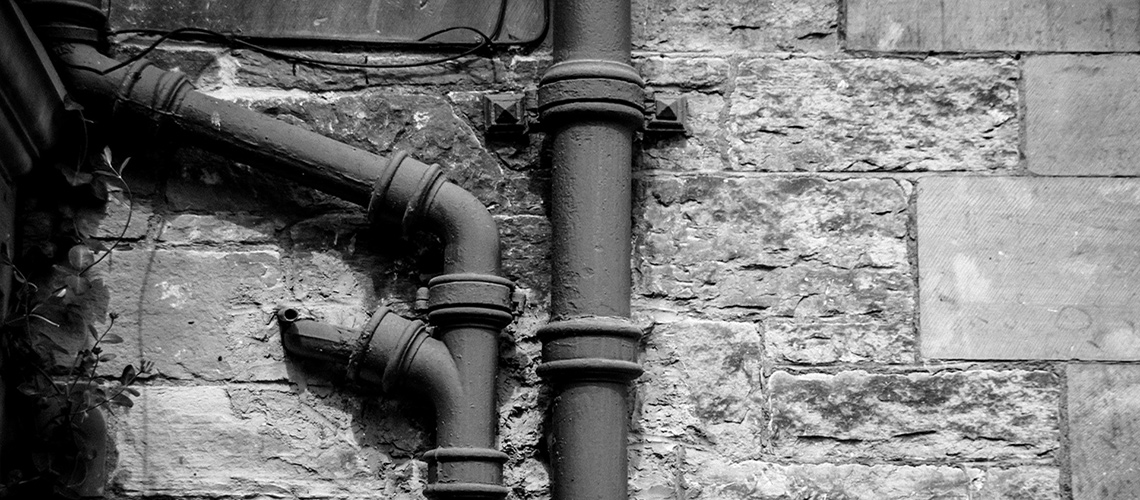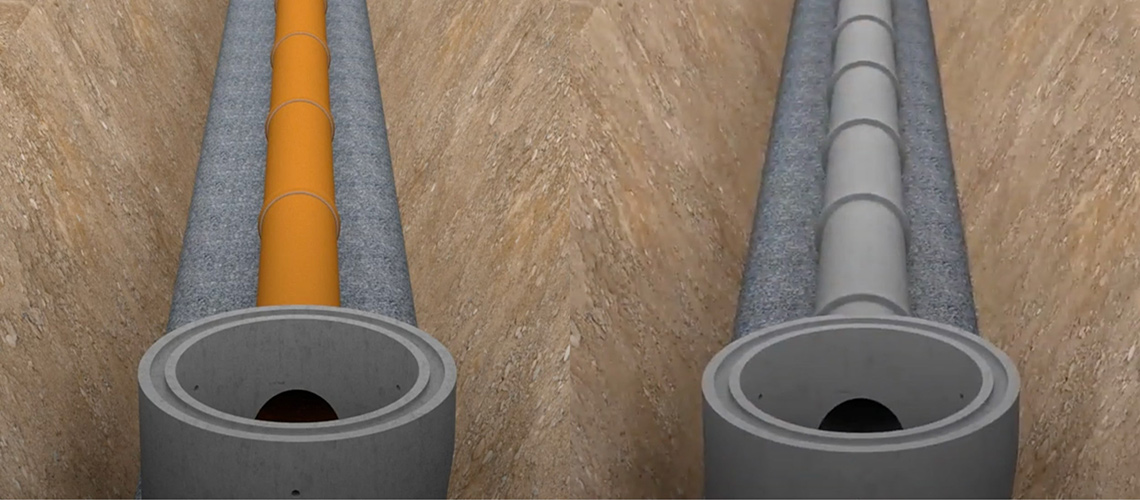- Basement Waterproofing Cost In Toronto
- Average Basement Waterproofing Interior Vs. Exterior Price In Toronto
- Waterproofing services consist of several stages:
- Interior Basement Waterproofing Cost
- Exterior Basement Waterproofing Cost
- What Affects The Cost?
- Extra Repairs And Accessories
- Basement Layout And Size
- Foundation Repair Or Reinforcement
- Labor Cost Basement Waterproofing
- Basement Waterproofing Products
Basement Waterproofing Cost In Toronto
The cost depends on the type of waterproofing. The method of installation of the system is selected individually for each object. Therefore, what is the cost to have the basement waterproofed? You can find out only after the master inspects the premises.
The specialist will assess the damage to the foundation, the area where the object is located, the type of soil, the location of groundwater, the climate, and other factors that affect the humidity inside the basement. Also, the amount of necessary materials and additional work is necessarily considered in the basement waterproofing cost. The larger the area of the room and the more complex the landscape, the more expensive the system’s installation will be.
Before the provision of services starts, the master draws up an estimate, and if the price suits the client, he starts work. It is not recommended to save on waterproofing. The microclimate inside the basement and the life of the building depend on it.
Average Basement Waterproofing Interior Vs. Exterior Price In Toronto
The average cost to seal a basement is approximately 1920-6320 US dollars, which is 3-9 dollars per square foot, considering labor and materials. Internal waterproofing is cheaper than external waterproofing since there is no need to install window wells and do excavations. Therefore, the interior basement waterproofing costs approximately 500-1500 US dollars. And the outdoor installation of the system with repair and drainage will cost 10,000 US dollars. An important role is played not only by the area of u200bu200bthe room, but also by its condition. Therefore, to find out what the basement dewatering system cost, leave a request on our company’s website, and we will agree on the day and time of the arrival of a specialist to evaluate the work.
Waterproofing services consist of several stages:
- Evaluation of the object.
- Development of a system project.
- Budgeting.
- Preparatory work.
- Sealing the surface of the foundation and walls.
- Installation of the drainage pump.
- Disposal of wastewater from the facility.
- Treatment of the foundation with epoxy resin.
If the house has a damp basement, then, regardless of the cost to fix the water in the basement, it is necessary to make waterproofing. Getting inside the foundation through cracks, moisture gradually destroys it, reducing the structure’s life.
Interior Basement Waterproofing Cost
Unlike external waterproofing, the internal system is carried out indoors. Waterproofing is carried out in several ways:
- The drainage system is installed under the floor covering.
- Channels for water drainage are mounted above the floor.
- The system is installed at the footer level.
Dry basement systems cost includes epoxy, sealant, and waterproof membranes. The method is selected from the features of the basement and its location. Waterproofing basement walls from the inside depends on the materials used and the services of the master. The average price per linear meter is 65 US dollars. Installing a duct above the floor is $30 per foot, and installing the system at footer level is $20-$35. Underfloor waterproofing will average $25-$55 per foot.
Exterior Basement Waterproofing Cost
There are several methods for installing a waterproofing system, and the work’s price depends on the chosen method. Waterproofing is carried out outside the premises. A ditch is dug around the structure’s entire perimeter to the foundation’s depth. Before mounting the membrane, the foundation is washed away from debris and dirt, and cracks are sealed. The Exterior basement waterproofing cost depends on the depth of the ditch and the condition of the foundation and averages 15,000-35,000 US dollars, which is one hundred dollars per foot. Due to the complexity of the work, the cost of waterproofing the basement from the outside is higher than that of external waterproofing.
What Affects The Cost?
Basement sealing cost is affected by additional work:
- Eliminating cracks and microcracks on the surface of walls and foundations.
- Installation of window wells.
- Sealing windows and doors.
- Installation of downpipes and gutters.
- Installation of drainage.
- Cleaning of coatings from paint.
Also, the cost of waterproofing exterior basement walls is affected by the area of the room and its condition. It may be that additional work is required to strengthen the building.
Extra Repairs And Accessories
Choosing suitable waterproofing materials and developing a system design is essential. The climate in which the basement is located affects the work plan and the type of waterproofing. If the object is located in places of frequent flooding, for example, in the coastal zone, then a drainage pump will be required to pump out water, which varies from 490 to 1200 US dollars. Installation of polyethylene pipes – from 0.97 – 2.81 dollars per foot. Installation of French drainage ranges from 10-25 US dollars per 1 foot. To increase the budget for crawlspace, waterproofing costs can be leveling walls, installing windows, and installing flooring and ventilation.
Basement Layout And Size
It is best to do waterproofing in a new room, planning the system’s location. If the basement is old, this increases the cost to fix the wet basement due to redevelopment and additional work to eliminate damage. When planning a basement, you need to consider not only the location of the drainage system, but also the purpose of its use. For food storage, the room is equipped with additional shelves. When creating a wine cellar – refrigerated wine cabinets. Accordingly, the area of the object directly depends on its purpose.
Our experts, who have extensive experience in their work, will help to develop a plan correctly. Considering all the nuances, they will help turn a wet basement into a dry and comfortable room you can use as a workshop.
Foundation Repair Or Reinforcement
After inspecting the object’s condition, our master will tell you the average cost of the waterproof basement and whether it is necessary to strengthen the foundation. In new buildings, most often due to shrinkage of the building, foundation repairs are required. For this, specialized cement mortars with water-repellent properties are used. If work is carried out in old buildings that have not been repaired for a long time, it may be necessary to strengthen the foundation. To do this, a moat is dug to the depth of the base of the building along its entire perimeter. A lattice is welded from the reinforcement, and it is poured with concrete after installation. Then a waterproof membrane is mounted, and the rest of the waterproofing work is done.
Labor Cost Basement Waterproofing
The average cost to seal a basement depends on the work done and the materials used. The appraiser of our company carries out the calculation of the job. The average price range for installing a waterproofing system is from 1920 to 6320 US dollars. At the same time, the lowest cost is fixed at around 250 US dollars, and the highest – is 20,000 dollars. Such a price range allows customers with different financial capabilities to use waterproofing services, creating a comfortable microclimate in the basement, making it dry and warm.
Basement Waterproofing Products
Usually, a sealant, roll materials, a membrane, and a bitumen composition are used to waterproof the surface. By type, waterproofing materials can be divided into classes:
- Polymer.
- Mineral.
- Bitumen-polymer.
- Bituminous.
The cost of materials directly affects the estimate’s pricing when calculating the waterproofing budget.
The type of material is selected based on the method of waterproofing, the customer’s
budget, and the object’s condition and location. Turning to us, you do not have to search for the necessary materials. We will do it for you. Our company cares about its customers and provides a guarantee for the services offered.





